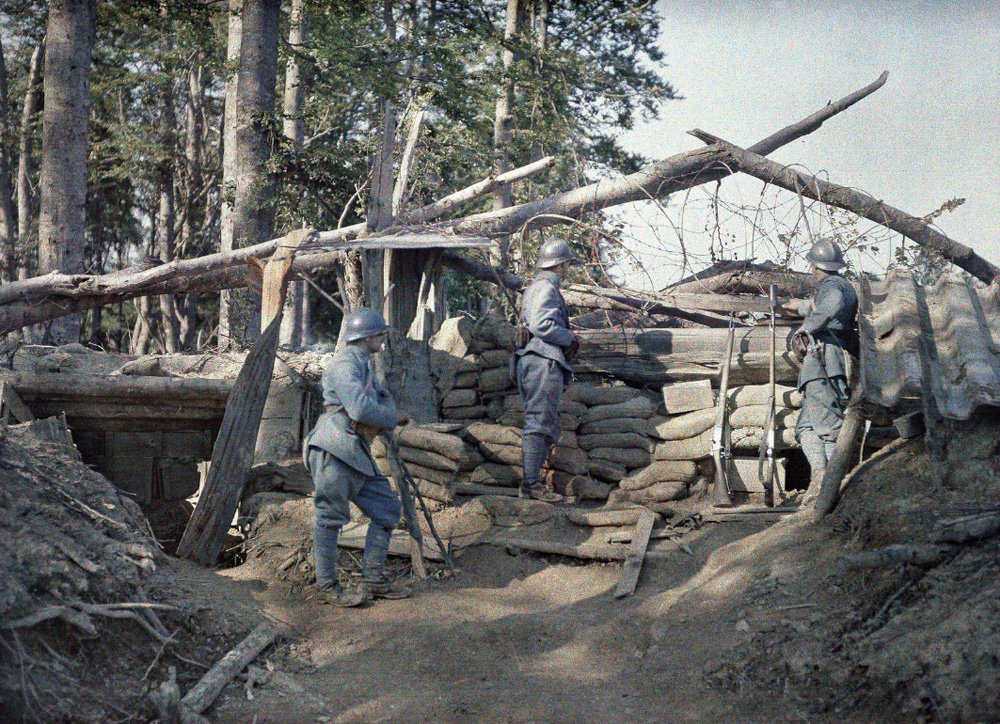
Doesn’t this photograph look like it could be a snap found on Instagram?

What about this one?

They may look like it, but these pictures weren’t taken recently… not even close. They’re actually over 100 years old, 105 to be exact. "Christina in a Red Cloak" is a series ofso-called autochromes that were taken by Mervyn O’Gorman on the beach at Lulworth Cove, Dorset (southern England) in 1913.
Ever since the Lumière brothers invented color photography in 1907, the world of images has never been the same. Instead of relying on hand-painted photographs, the brothers’ new invention of the so-called “Autochrome Lumière” allowed people to record their surroundings in the most stunning colors that nature has to offer. This phase in photography lasted about 30 years and was then taken over by color film. But during its heyday, autochrome photography was used by a handful of pioneers of the technique and thankfully we still have access to their beautiful work to this day because it gives us a very realistic and relatable account of what the world looked like in color over 100 years ago:

Autochrome by Etheldreda Janet Laing, 1908

Autochrome by Friedrich Paneth, 1925

Autochrome by an unknown artist, 1913

Autochrome by Friedrich Paneth, 1915

Autochrome by John Cimon Warburg, 1915

Autochrome by Friedrich Paneth, 1915

Autochrome of American author Mark Twain by Alvin Langdon Coburn, 1908

Autochrome by Etheldreda Janet Laing, 1908

Autochrome by Paul Castelnau of a French military observation post, 1917

Autochrome by an unknown artist of the Italian battleship Caio Duilio during the early 20th century

Autochrome of a scene in Egypt by Friedrich Paneth, 1913

Autochrome of the French Alps by an unknown artist, circa 1920
Aren’t these simply stunning? History is a lot more relatable in color than it is in black and white and it’s stunning to see what the world looked like all that time ago. Or was it a long time ago? Because it certainly doesn’t feel or look that way when you see these amazing images that we’re able to look back on, thanks to these brilliant photographers who were a bit ahead of their time and who went through the trouble of making autochromes all that time ago.

















